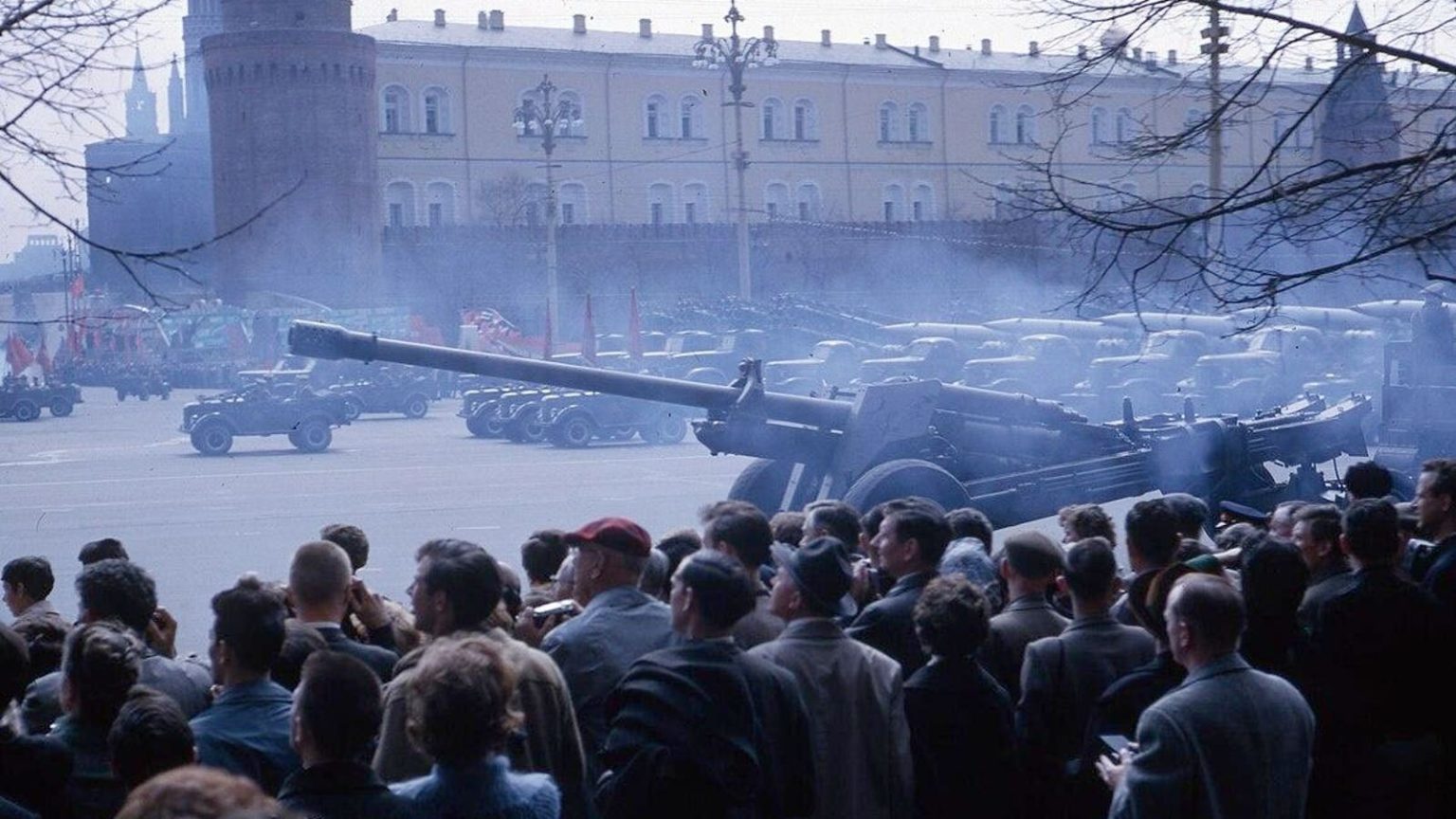Russian ground forces went to war in Ukraine in February 2022 with around 5,000 artillery pieces and rocket launchers. Twenty-eight months later, they’ve lost no fewer than 1,400 of the guns and launchers to Ukrainian action.
But combat losses aren’t the only drag on Russia’s artillery corps. More than two years of hard fighting have worn out the barrels on many howitzers—and also depleted Russia’s pre-war ammunition stocks.
Increasingly desperate for heavy firepower and struggling to manufacture new artillery and shells, the Kremlin has opened up storage yards from the early Cold War and guns that were obsolete decades ago. And to arm them, the Russia has turned to a new ally: North Korea.
The 1950s-vintage M-46 howitzer is indicative of this new dynamic. The 8.5-ton, eight-person gun fires a 130-millimeter shell as far as 17 miles at a rate of five shells a minute. It’s a powerful weapon—but heavy, hard to transport and manpower-intensive. Which is why, in the 1970s, the Soviet army replaced the M-46s with more efficient 152-millimeter howitzers.
Steep losses of those newer guns—and the depletion of Russia’s pre-war stocks of artillery barrels and shells—drove the Kremlin back in time. A year or so into the wider war in Ukraine, the M-46s’ drawbacks were no longer disqualifying. At that point, the alternative to old artillery was no artillery.
As of 2022 there were 665 M-46s in reserve in Russia, according to @highmarsed, an analyst who scrutinizes satellite imagery of Russian storage yards. By February 2024, around 65 had been removed. And now the pace of the reactivation is increasing.
A video that appeared on social media early this month depicts M-46s on a train apparently bound for the front line. “They have probably taken about half of the stored 130-millimter M-46[s] from storage,” @highmarsed concluded last week.
That’s 330 or so powerful—but old and heavy—replacement howitzers for the firepower-starved Russian force in Ukraine. Russian factories no longer produce 130-millimeter rounds, but North Korean factories do—so it should come as no surprise that videos have appeared online depicting Russian M-46s firing North Korean shells.
The howitzer ammo is the fruit of Moscow’s closer military ties to Pyongyang—ties that have alarmed Kyiv and Seoul and prompted the latter to boost its financial support for the former.
With its powerful shell and decent range, the M-46 is particularly useful as a “counterbattery” weapon—that is, a howitzer for destroying other howitzers. That the U.S. Central Intelligence Agency’s conclusion when it scrutinized North and South Korean artillery holdings in 2009. The CIA called the M-46 the “most effective counterbattery weapon in Korea.”
But the Russians may struggle to transport and support the big guns along the 700-mile front line in Ukraine. The Russian military has lost so many vehicles in Ukraine—not just tanks and armored personnel carriers but also trucks and artillery tractors—that it’s begun equipping front-line regiments and brigades with civilian-style all-terrain vehicles and dirt bikes.
It should go without saying that a 1.5-ton ATV can’t tow an 8.5-ton M-46.
The other problem for the Russian gunners who are about to receive 70-year-old M-46s is that they’re going to depend on foreign largess for their ammunition. North Korea and Iran are the only major manufacturers of 130-millimeter shells.
To keep its new old howitzers in action, Moscow will have to maintain good relations with Pyongyang and Tehran.
Sources:
1. @highmarsed: https://x.com/HighMarsed/status/1753578879367713117; https://x.com/HighMarsed/status/1811887643363291142
2. Oryx: https://www.oryxspioenkop.com/2022/02/attack-on-europe-documenting-equipment.html
3. Central Intelligence Agency: https://www.cia.gov/readingroom/docs/CIA-RDP84S00553R000100070002-0.pdf
Read the full article here





